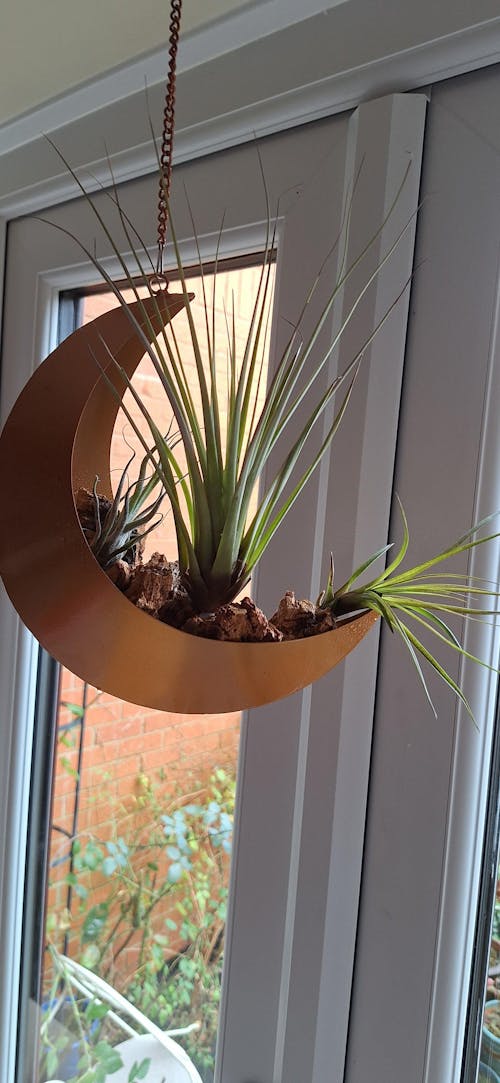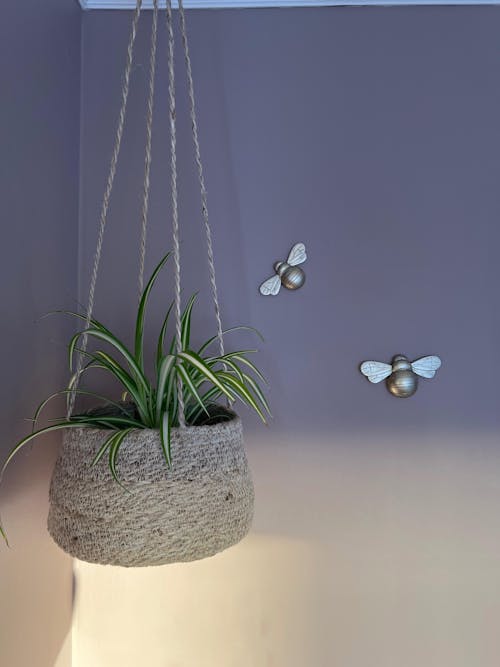The Silver Squill plant is an explosion of silver-variegated green foliage, whose thick leaves store water in its native arid South Africa. The variegation across each feather-shaped leaf is speckled like a leopard's fur, and as each leaf ages, the pale green of new growth deepens to a darker forest green. With a hint of red on the stems and undersides of these leaves, this plant is sure to be a stunning addition to your collection! In a nice bright spot where it's really happy, your plant may even give you flowers! Choose the Silver Quill for beautiful, fascinating foliage and it will reward your care with its stunning, patterned foliage.
Scientific Name
Ledebouria socialis (von Ledebour's social plant) - sometimes incorrectly spelt as Ledeboria socialis
Common Name
Silver Quill, Wood Hyacinth, Leopard Lily, Silver Squills
Origin
Native to the Eastern Cape Province of South Africa.
Light
Bright, indirect light is best for this plant. Direct sun can scorch the leaves but it still needs lots of light to thrive!
Water
This plant is a succulent, so will like its soil to dry out between waters. Continuous moisture can put this plant at risk of rotting.
Humidity
This plant is adapted to low humidity, so average household humidity is fine; make sure it's not somewhere particularly damp.
Soil
Use a well-draining but moisture retentive mix to keep this plant happy. A soil with added coir, perlite and bark, or one designed for Ficus plants, will work well here. Repot every few years in spring when needed; if in doubt, your plant is fine to be potbound for a few years.
Food
Feed every two months in the growing season, reduce to every three in autumn and winter. A cactus-specific feed will be best, though generic houseplant fertiliser will work too.
Temperature
This plant will do best in temperatures of 18-32°C in summer, and can stand any temperatures above freezing in winter.
Pet-safe
No, this plant is toxic to pets and small humans.
Sprouts Top Tips
If your plant goes leggy and loses variegation, it probably isn't getting enough light. If you notice lower leaves quickly turning yellow, your plant might be too soggy, and at risk of rotting- remember to let it dry out between waters! You'll need to water less frequently in less bright conditions too.






























